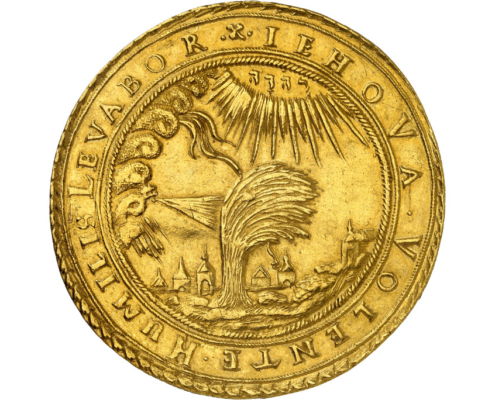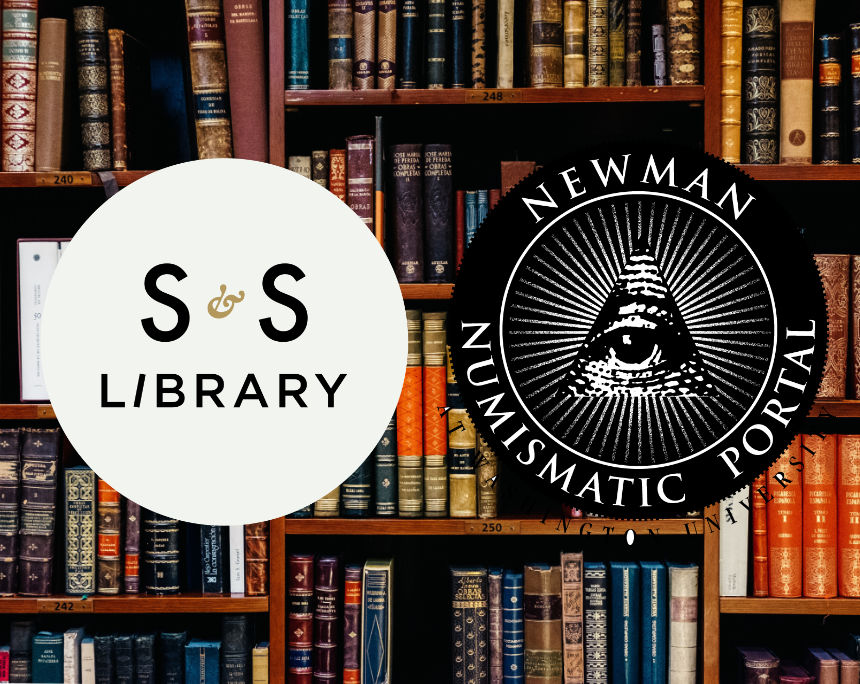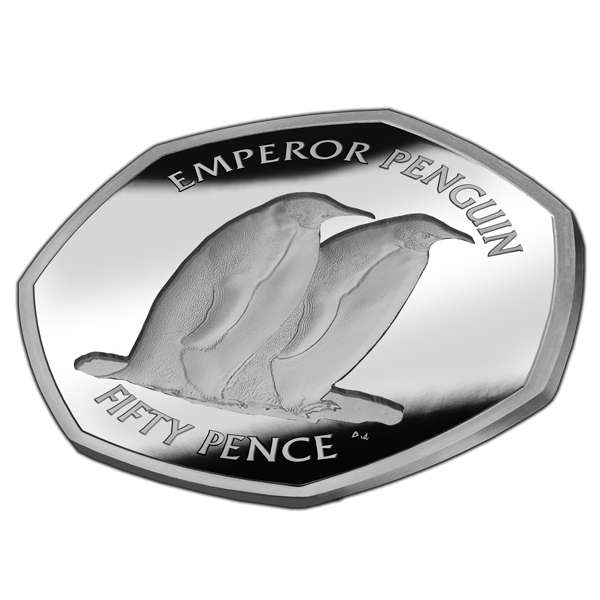1/2 Reichstaler 1621,
under Wilhelm V of Hesse-Kassel as administrator.
Condition: ef+


city of Besançon,
3 Pistols 1666 with title Charles V.
Condition: CH UNC

Bavaria, Chaise d'or (imperial shield)
1328-1347 under Emperor Louis IV.
Condition: ef

Reichstaler 1654-1668
under Count Guidobald von Thun.
Condition: vf-ef

Solidus (491-518)
under Anastasius the righteous.
Condition: vf-ef

Archive: People and Markets
Important Volumes on Ancient Numismatics Will Soon Be Freely Available Online
A great piece of news: Over 6,000 volumes primarily on ancient numismatics from the S&S Library will be digitized and made available for everyone through the Newman Numismatic Portal.
Pobjoy Mints the World’s First Inverted 50 Pence Coin
Pobjoy Mint celebrates World Penguin Day with the world’s first inverted 50 pence coin. It features two emperor penguins.
Archive: Coins, Medals and more

Switzerland’s Special Coin 200 Years Swiss Shooting Sport Federation Hits the Bull’s Eye
What do you think of when you hear “Switzerland” and “shooting”? Do you think of shooting talers, William Tell, and/or the Swiss Federal Shooting Competition? Vito Noto told Ursula Kampmann what came to mind when he created the design for the newest Swissmint coin.

The Bending Willow Tree
On 29 January 2025, Künker is going to auction off a unique willow tree coin. The reverse of the 10-ducat piece depicts a willow tree in a storm. But what is the message that William V, the Landgrave of Hesse-Kassel on whose behalf the coin was created, wanted to convey with this issue?















The Numismatic Index on 11 May 2023
The numismatic index numindex transparently shows how the prices of selected coins change over time. In the style of a stock index, it was designed for collectors who consider their collection an investment. Find out about the current state of the index.
100-Euro Gold Coins: Loyal Customers of Münze Deutschland Make a Bargain
Buying gold below the market price? Under normal circumstances, that’s not possible – the only exception is placing an order with the German Mint before the gold price skyrockets. As in previous years, customers of the official sales office can look forward to a substantial return.